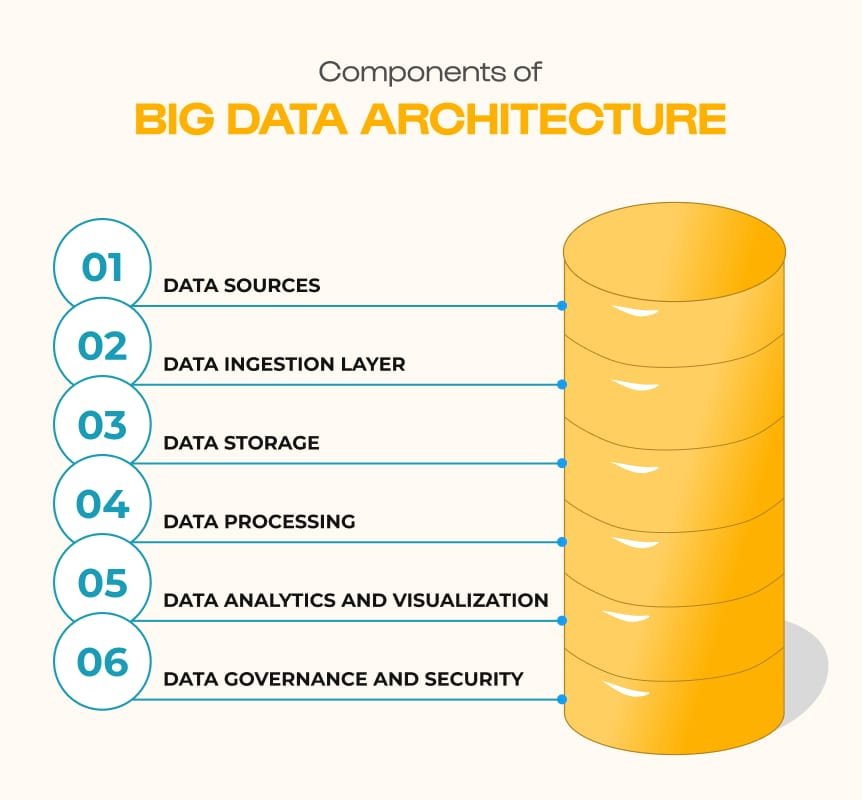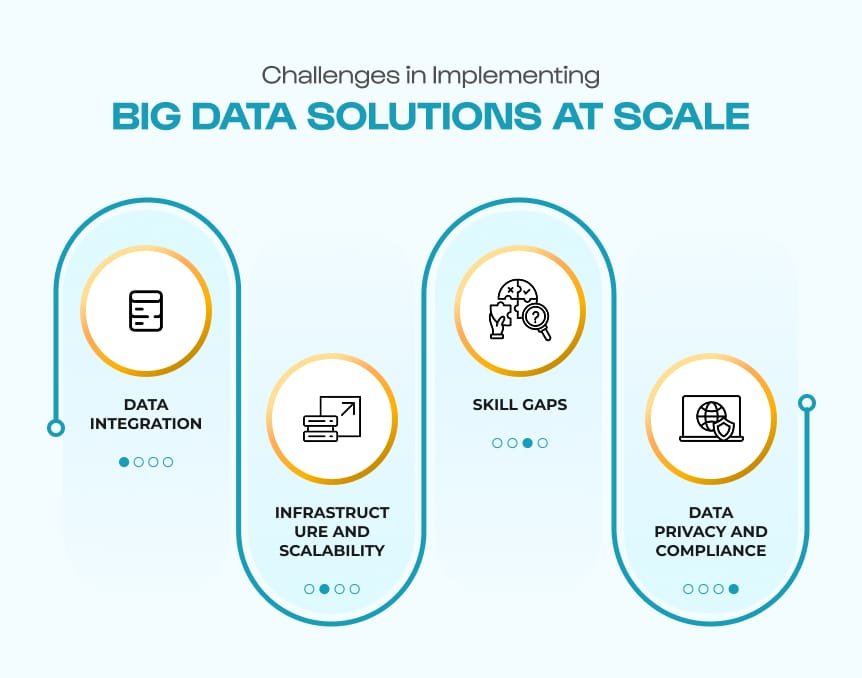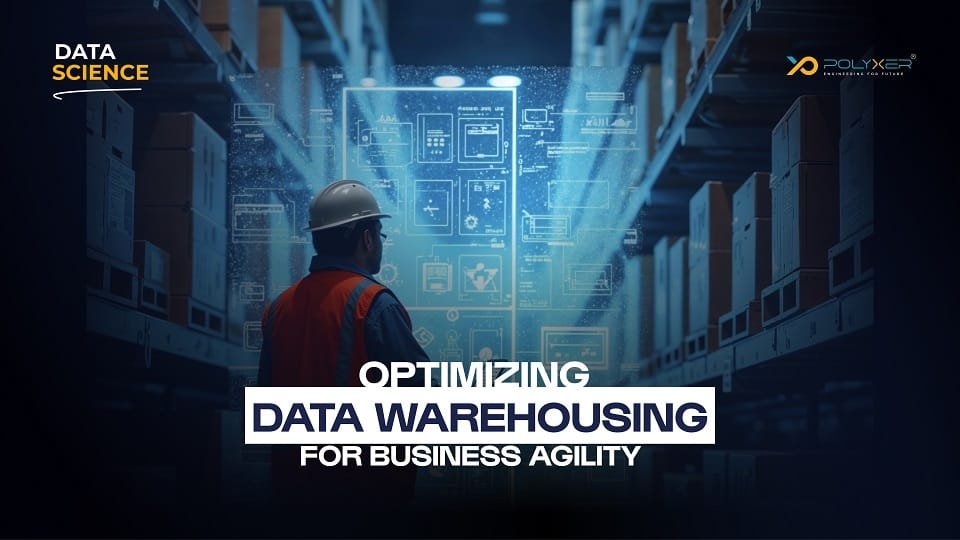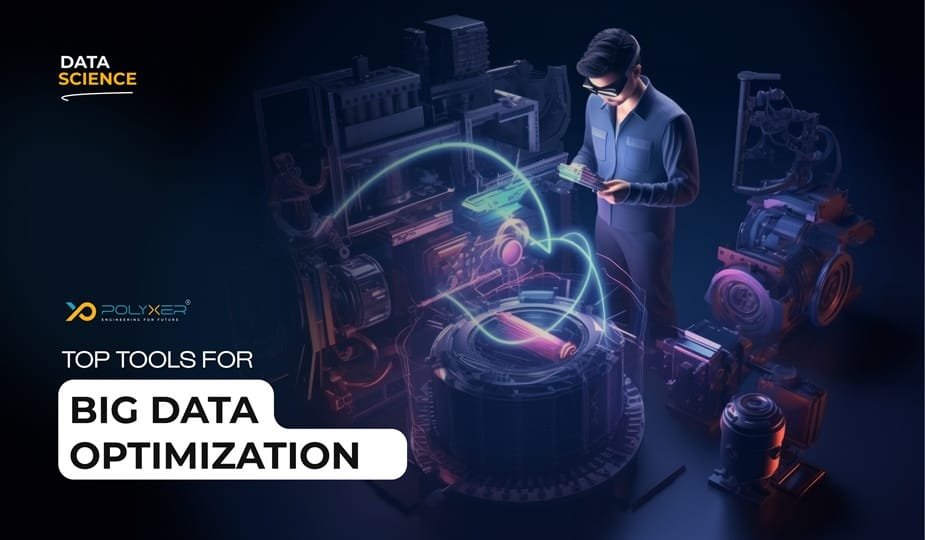
Data-Driven Healthcare: Transforming Patient Outcomes

Automation and Data: Shaping the Workforce of the Future
In an era where data is often referred to as "new oil", organizations in various industries are utilizing the vast capacity of big data for innovation, boost decision making and improve operational efficiency. However, implementing big data solutions on a scale can offer important challenges and demand a strategic approach.
Further, we will explore the essential components of successful big data implementation including architecture, technologies, governance and best practices to effectively increase these solutions.
What is Big Data?
Big data refers to the vast amounts of structured and unnecessary data generated from various sources such as social media, IOT devices, enterprise applications, and more. Three main features of big data are often called "three vs":
- Volume: The sheer amount of data generated daily is astonishing, often reaching petabytes and ex -bits.
- Velocity: Data arises at an unprecedented speed, demanding real-time or close-object time processing and analysis.
- Variety:Data comes in various forms, including lessons, audio, videos and log files, which require diverse processing techniques.
Importance of Implementing Big Data Solutions
Adopting big data solutions allow organizations:
- Enhance Decision-Making: Taking advantage of data insights provides business with a competitive edge through informed decision making.
- Improve Customer Experience: Business can analyze customer behavior and preferences to offer personal experiences, leading to an increase in satisfaction and loyalty.
- Optimize Operations: By analyzing operating data, organization can streamline processes, reduce costs and increase productivity.
- Drive Innovation: Data-based insights are able to identify new market opportunities, innovate products and services and give continuous response to market conditions.
Components of Big Data Architecture
A comprehensive Big Data Architecture is important to implement large data solutions efficiently. Architecture should adjust data ingestion, storage, processing and visualization. Major components include:
- Data Sources
Data may arise from many sources, such as:
- Transactional Systems: Data generated from ERP, CRM and financial applications.
- Streaming Data: Data generated in real time from social media, IOT sensor and web applications.
- External Data: Data from third-party sources, such as market research, public dataset or social media platform.
- Data Ingestion Layer
This layer is responsible for collecting, importing and processing data in large data ecosystems from various sources. Common devices include:
- Apache NiFi: Helps to automate data flow between the system and provide real time processing capacity.
- Apache Kafka: A distributed streaming platform is used to manufacture real -time data pipelines and streaming applications.
- Data Storage
The Big Data Storage System must adjust a variety of data (structured, semi-composed, unnecessary). Common solutions include:
- Hadoop Distributed File System (HDFS): A high-ingredient distributed file system designed to store large data sets.
- NoSQL Databases: Databases such as Mongodb, Cassandra, or Amazon Dynamodb provide high scalability and flexibility to handle various data types.
- Data Lakes: A centralized repository that allows organizations to reserve a large amount of raw data in its original format until necessary for analysis.
- Data Processing
Data processing can be classified:
- Batch Processing: Handles large versions of data in chunks. Apache Spark is a popular tool for batch processing works.
- Stream Processing: It involves real time processing of data. Apache flinks and Apache are examples of Storm Stream Processing Framework.
- Data Analytics and Visualization
Once the data is processed, the next step is to analyze it to achieve valuable insights. Analytics tools can take advantage of processed data for reporting and visualization. The equipment includes:
- Business Intelligence (BI) Tools: Platforms such as TW, Power BI, or Looker that provide visualization options and dashboards for easy data interpretation.
- Machine Learning Frameworks: Library such as TensorFlow or Scikit-learning that enable future analysis and model development.
- Data Governance and Security
As the organizations scale up their big data solutions, regime, compliance and safety become crucial. Major practices include:
- Data Quality Management: Ensuring accuracy, stability, reliability and timeliness of data.
- Access Controls: Applying role-based access control to protect sensitive data from unauthorized access.
- Compliance: Following regulatory requirements related to data handling and privacy (eg, GDPR, HIPAA).

Components of Big Data Architecture
Challenges in Implementing Big Data Solutions at Scale
When it comes scaling up big data solutions, there are various challenges that organizations should navigate to avoid damage:
- Data Integration
Integrating data from uneven sources can be a challenge, especially when separate data formats and structures are dealt with. To ensure that data can be harmonized for analysis, it requires strong ETL (extract, transform, load) procedures.
- Infrastructure and Scalability
Building and maintaining infrastructure to support big data solutions can be expensive. Organizations should calculate performance, storage and capabilities, ensuring scalability of their architecture to accommodate growth.
- Skill Gaps
The complexity of big data technologies often requires special skill sets. Organizations can struggle to find data engineers, data scientists and analytics professionals with data engineers, data scientists and analytics professionals with necessary expertise to effectively withdraw price.
- Data Privacy and Compliance
As data regulations become more rigid, organizations must develop comprehensive data governance framework to ensure compliance and reduce risks associated with data privacy violations.

Challenges in Implementing Big Data Solutions at Scale
Best Practices for Implementing Big Data Solutions at Scale
To ensure the success of big data implementation, organizations must follow the best practices:
- Define Clear Objectives
Install clear goals and objectives that align with business strategies. Consider what are the problems of solving and identifying the major display indicators (KPI) for big data solutions success.
- Start Small and Scale
Start with a pilot project that allows manageable data to volume and simplification. Once the pilot displays value and viability, scale the solution gradually which includes large datasets and more complex integration.
- Choose the Right Tools
Select devices that fit the specific requirements and architecture of the organization. Endure use, scalability, integration capabilities and ease in community support for selected technologies.
- Foster a Data-Driven Culture
Encourage the culture of data-based decision making in the entire organization. Provide training to employees and promote open access to data, allowing teams to take advantage of insight effectively.
- Implement Strong Data Governance
Priority to data governance framework that ensures data quality, safety and compliance. Audit regular data practices and ensure following industry rules to reduce risks.

Best Practices for Implementing Big Data Solutions at Scale
Real-World Case Studies
Case Study 1: Netflix
Overview: Netflix, a major streaming service, successfully implemented a big data strategy to analyze audience preferences and increase user experience.
Application
- Data Sources: Netflix collects large amounts of data from user interaction, viewing history and social media.
- Data Processing: Using Apache Spark, Netflix analyzes data to look at patterns and trends in real time.
- Recommendation Engine: The company has developed a sophisticated recommendation algorithm that takes advantage of machine learning to provide users individually viewing suggestions based on their behavior.
Results
- Enhanced User Experience: By analyzing user data, Netflix has improved its recommended engine, leading to an increase in user connectivity and satisfaction.
- Content Optimization: The audience uses data to make data-powered decisions about Netflix material manufacturing and acquisition, ensuring that the presentations are aligned with the interests of the audience.
Case Study 2: Walmart
Overview: Walmart, one of the largest retail chains, uses big data to adapt to inventory management and improve customer experience.
Application
- Data Collection: Walmart collects transactions data from millions of customers in thousands of stores.
- Real-Time Analytics: The company uses Hadoop for real-time data processing and analytics for active monitoring of inventory levels and consumer behavior.
- Dynamic Pricing: Walmart appoints the future analysis to assess demand and adjust the dynamic pricing based on market trends and customer preferences.
Results
- Operational Efficiency: By taking advantage of Big Data, Walmart has reduced stockouts and improved the inventory turnover, resulting in significant cost savings.
- Customer Insights: Insight from data analytics has allowed Walmart to develop targeted marketing campaigns and optimize product placements in-store.
Wrapping Up
Applying data solutions at scale presents comes up with opportunities and challenges for organizations in industries. By understanding the major components of Big Data Architecture, solving implementation challenges, and following the best practices, organization decision making improving decision making, increasing customer experiences and running innovation can use the transformative power of big data.
As the volume and complexity of data is increasing, organizations that effectively adopt and score large data solutions will be well deployed to flourish in data-operated economy. Embracing large data is not just about technology; This promotes the culture of analytics within organizations, where data is at the core of decision making and strategic development.
Implementing big data solutions can be complex, but with the right strategies, equipment and organizational commitment, potential benefits are huge - leading to better results for both businesses and their customers.
This Article is also available here.






